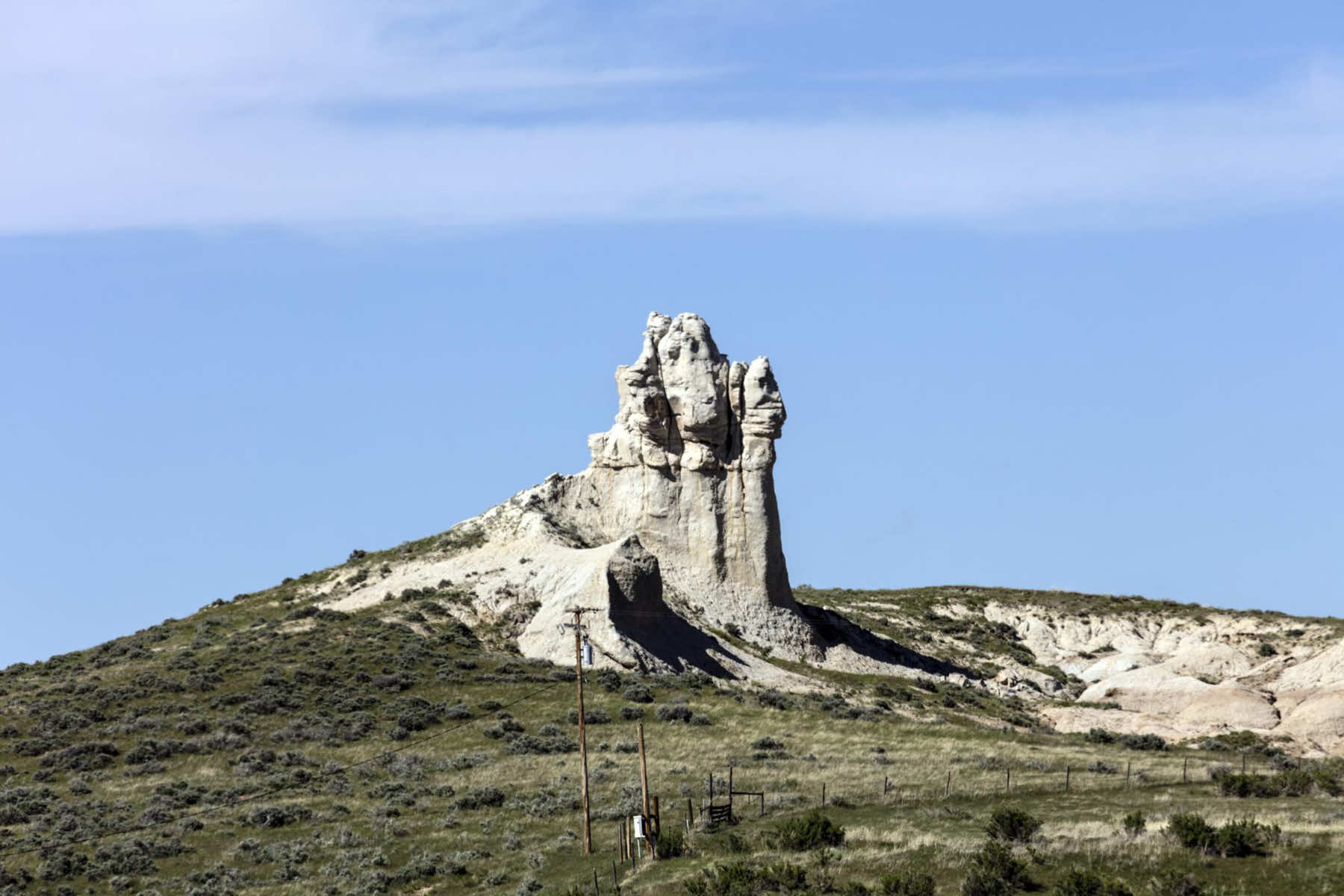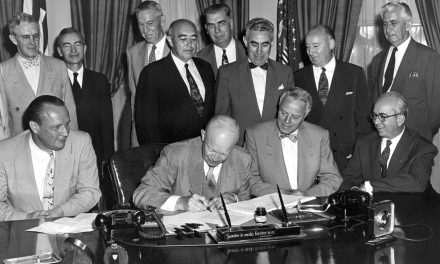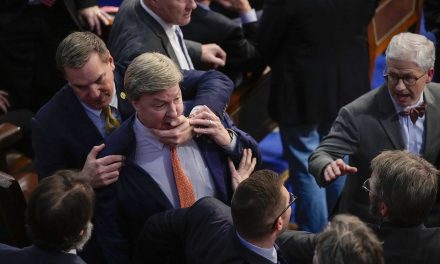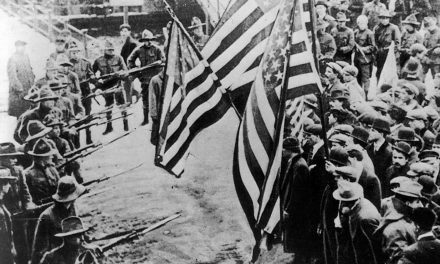
All three of the nation’s major stock indexes hit record highs on May 15 after the latest data showed inflation cooling.
Standard and Poor’s 500, more commonly known as the S&P 500, measures the stock performance of 500 of the largest companies listed on U.S. stock exchanges. It was up 61 points, or 1.2%.
The Nasdaq Composite is weighted toward companies in the information technology sector. That was up 231 points, or 1.4%. The Dow Jones Industrial Average, often just called the Dow, measures 30 prominent companies listed on U.S. stock exchanges. It was up 350 points, or 0.9%. The Dow has risen now for eight straight days, ending May 15 at 39,908, approaching 40,000.
Driving the hike in the stock market, most likely, was the information released the same day by the Bureau of Labor Statistics in the Labor Department saying that inflation eased in April. Investors are guessing this makes it more likely that the Federal Reserve will cut interest rates this year.
People note — correctly — that the stock market does not reflect the larger economy. This makes a report released on May 14 from the nonpartisan Congressional Budget Office, or CBO, an important addition to the news from the stock market.
It concludes that the goods and services an American household consumed in 2019 were cheaper in 2023 than they were four years before, because incomes grew faster than prices over that four-year period. That finding was true for all levels of the economy.
That is, “for all income groups … the portion of household income required to purchase the same bundle of goods and services declined.” Those in the bottom 20% found that the share of their income required to purchase the same bundle dropped by 2%. For those in the top 20%, the share of their income required to purchase as they did in 2019 dropped by 6.3%.
These statistics come on top of unemployment below 4% for a record 27 months, and more than 15 million jobs created since Biden took office, including 789,000 in manufacturing. According to Politifact, three-quarters of those jobs represented a return to the conditions before the coronavirus pandemic, but the rest are new.
Politifact noted that it is so rare for manufacturing jobs to bounce back at all, that the only economic recovery since World War II that beats the current one was in 1949, making the recovery under the Biden-Harris administration the strongest in 72 years.
And yet, a recent Philadelphia Inquirer/New York Times/Siena College poll found that 78% of Pennsylvania voters thought the economy was “fair” or “poor.” Fifty-four percent of them said they trust Trump to handle the economy better than Biden, compared with just 42% who prefer Biden.
The divorce between reality and people’s beliefs illuminates just how important media portrayals of events are. How the media covers such events matters, and they are failing.
In the landslide election of 1892, when voters elected Democrat Grover Cleveland to the White House for the third time (he won the popular vote in 1888 but lost in the electoral college) and put Democrats in charge of the House of Representatives and the Senate, Republicans insisted that the economy would collapse.
The previous administration, that of Republican Benjamin Harrison, had openly and proudly worked for businessmen, and Republicans maintained that losing that administration would be a calamity. Democrats, the Republicans insisted, were really socialists and anarchists who wanted to destroy America.
As Republican newspapers predicted an impending collapse, fearful investors pulled out of the market. Although economic indicators were actually better in 1892 than they had been for years, as soon as Cleveland was elected, the nation seemed to be in terrible trouble. Money began to flow out of the stock market, and the outgoing Harrison administration refused to reassure investors. By February 1893 the stock market was paralyzed.
In mid-February, financier J. P. Morgan rushed to Washington to urge Harrison to do something, but the calm of the administration men remained undisturbed. Secretary of the Treasury Charles Foster commented publicly that the Republicans were responsible for the economy only until March 4, the day Cleveland would take office. His job was to “avert a catastrophe up to that date.”
He did not quite manage it. On February 17, the stock market began to collapse. By February 23 the slaughter was universal. Investors begged Harrison to relieve the crisis, but with only eight days left in his term, Harrison and his men maintained that nothing important was happening.
The secretary of the Treasury spent his last few days in office sitting for his portrait. The New York Times noted that “[i]f the National Treasury Department had been retained especially to manufacture apprehension and create disturbance it could not have done more effective work.”
Secretary Foster had one more parting shot. When he handed the Treasury Department off to his Democratic successor, he told the newspapers that “the Treasury was down to bedrock.”
When Cleveland took office on March 4, 1893, a financial panic was in full swing. As he tried to negotiate that crisis, Republicans sagely told voters the crash was the result of the Democrats’ policies. When Democrats turned to an income tax so they could lower the tariffs that were hurting consumers, Republicans insisted they were socialists.
When unemployed workers and struggling farmers marched on Washington to ask for jobs or launched railroad strikes, Republicans insisted that Democrats stood with the mob, while Republicans were the party of law and order.
Republicans promised voters that they would restore the health of the economy. The 1894 midterm elections reversed the landslide of 1892, giving Republicans 130 more seats in the House — a two-thirds majority — and a majority in the Senate. The economy had begun to recover before the election, and that uptick continued.
The Democrats had plunged the country into a panic, the Chicago Tribune reported, but now “American manufacturers and merchants and business-men generally will draw a long breath of relief.”
Allison Fisher of Media Matters reported that with the exception of MSNBC, national television news failed to cover the extraordinary story reported by Josh Dawsey and Maxine Joselow on May 9 in the Washington Post that Trump had told oil executives that if they gave $1 billion to his campaign, he would get rid of all the regulations the Biden administration has enacted to combat climate change.
In the 1920s, President Warren G. Harding’s secretary of the interior, Albert Fall, went to prison for a year for accepting a $385,000 bribe from oilman Edward L. Doheny in exchange for leases to drill for oil on naval reserve land in Elk Hills and Buena Vista, California, and Teapot Dome, Wyoming.
Fall was the first former cabinet officer to go to prison, and the scandal was considered so outrageous that “Teapot Dome” has gone down in U.S. history as shorthand for a corrupt presidency.
Carol M. Highsmith (via Library of Congress)
Letters from an Аmerican is a daily email newsletter written by Heather Cox Richardson, about the history behind today’s politics















